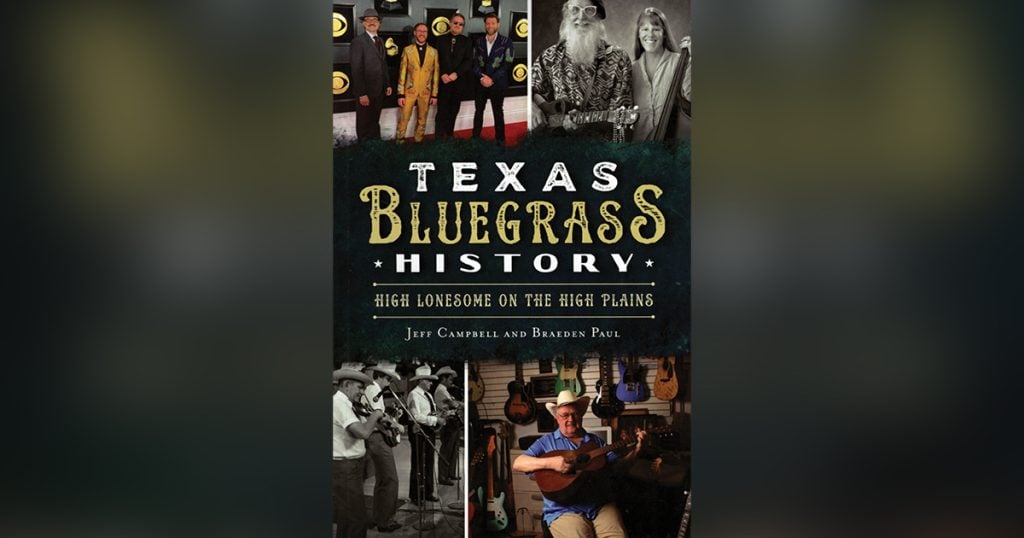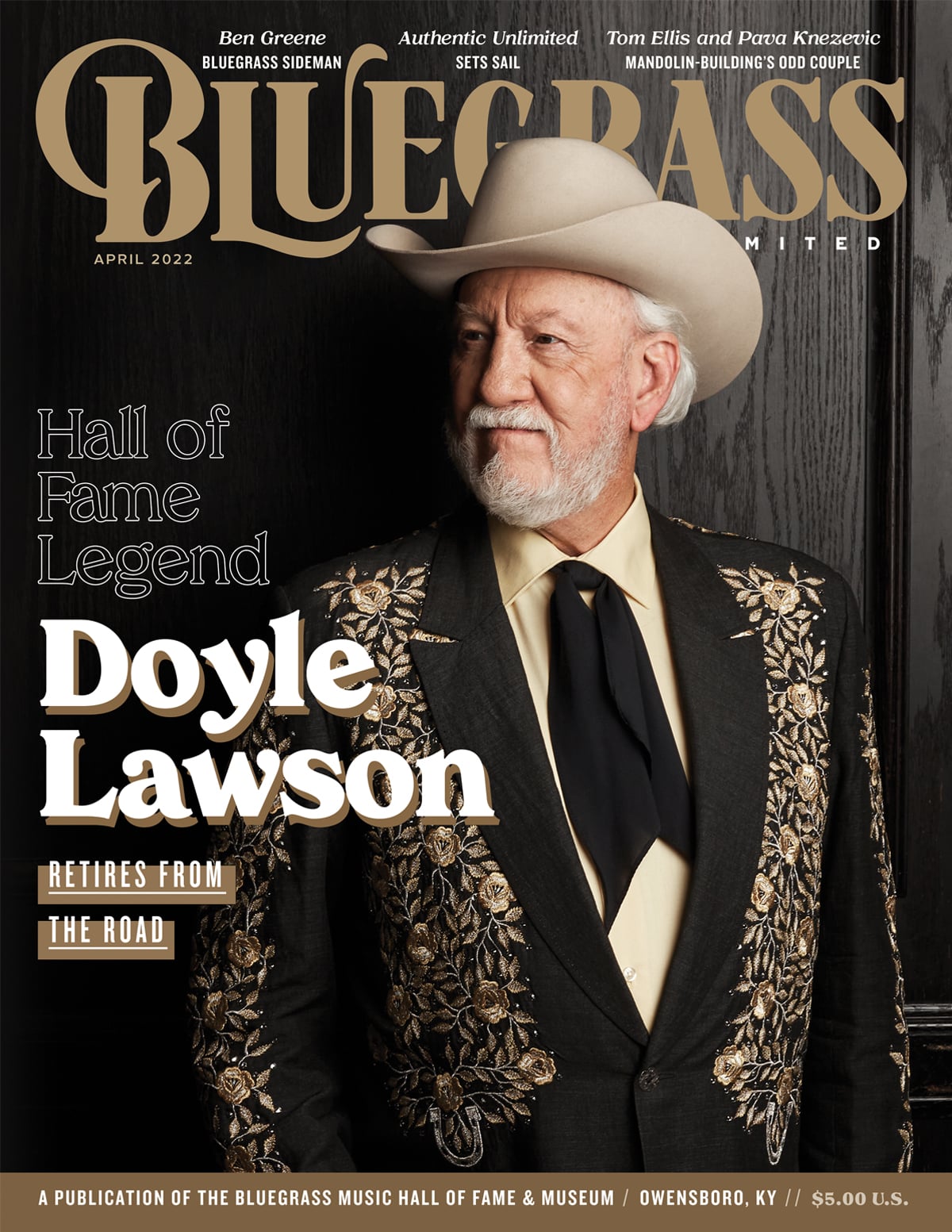Texas Bluegrass History: High Lonesome on the High Plains
In recent years there have been a number of books written that cover the history of regional bluegrass. Kip Lornell’s Capital Bluegrass focused on bluegrass music in the Washington, D.C. area. Tim Newby’s Bluegrass in Baltimore covered the legacy of bluegrass in that city, and—most recently— Industrial Strength Bluegrass, edited byFred Bartenstein and Cutis Ellison, offered a history of bluegrass music in southwestern Ohio. Now, adding to the growing number of accounts of regional bluegrass, we have Jeff Campbell and Braeden Paul’s important book on Texas Bluegrass History.
I have read, with great interest, all of the above-mentioned books. I find it fascinating to dive deep into regional bluegrass history because not only does it allow you to discover how bluegrass music grew and expanded outside of the regions of middle Tennessee, Kentucky and southern Appalachia, but you also learn about regional heroes of the music who may have never made it onto the national stage. Some of these regional artists and bands may have been every bit as good as the national touring bands, but did not tour beyond their region. This was typically due to one or more of the band members holding down day jobs that did not allow for traveling long distances.
In reading Texas Bluegrass History, I was able to learn about many artists and bands—who had previously been unknown to me—that were important to the development and propagation of bluegrass in Texas. I was also able to learn more about some well-known Texans, or “honorary Texans,” who played an important role in popularizing bluegrass music in Texas. Some of the artists and bands who are covered, that I was not aware of, include Tom Uhr, The Shady Grove Ramblers, The House Brothers, Holly Bond and the Bluegrass Texans, Johnnie Martin and the Bluegrass Ramblers, Joe Bass and the Double Mountain Boys, Ronnie Gill and the Bluegrass Kinfolks, Tennessee Valley Authority, Poverty Playboys, Hickory Hill, Hot Pickin’ 57’s, and Earl Garner and the Bluegrass Mountaineers.
Other musicians who are also covered in the book, who I was already aware of, included Howdy Forrester, The Mayfield Brothers, Tex Logan, Russell Moore, Gerald Jones, Karl Shifflett, Slim Richey, Danny Barnes, Lynn Morris and Marshall Wilborn, Steve Martin, Alan Munde, Peter Rowan, Nate Lee, Cadillac Sky, The Greencards, The Family Sewell, Sgt. Pepper’s Lonely Bluegrass Band, Billy Bright, and Wood & Wire. Also covered were Texas bluegrass organizations, such as the Southwest Bluegrass Club and the Central Texas Bluegrass Association, and the bluegrass program at South Plains College.
I felt like the book was an easy, comfortable read and the information that was provided captivated and maintained my interest—so much so that when I reached the end of the book, I felt like a wanted more. This book is 132 pages and I feel like it could have maybe been twice as long. Of the information provided, I would have like to have seen a more thorough coverage of some of the artists and bands. The sections on South Plains College, the Central Texas Bluegrass Association, Danny Barnes and Billy Bright were more thorough than some others. It would have been great if that same level of detail and thorough coverage had of been given to some of the other artists and bands. For instance, given his stellar career, I felt like the section on Russell Moore was a bit short.
While I appreciate that the authors could not have realistically covered all of the musicians in Texas that have played bluegrass music, there are some who were only briefly mentioned, or not mentioned at all, that I would have loved to have read about. Off the top of my head, some of these musicians would include Scott and Curtis Vestal, Brad and Greg Davis, Martie and Emily Erwin, Dan Huckabee, Sharon Gilchrist, Eddie Collins, Ed Marsh, Jon Randall, David Peters, Tammy Rogers and Ben, Katy Lou, and Penny Lea Clark. A full section on each of these great musicians in a book about Texas bluegrass would have been appreciated. An index at the end of the book would have also been a nice addition.
The authors did a great job with what they presented, so much so that I wanted there to be more. The read was over too quickly! I highly recommend this book to anyone specifically interested in Texas music history, or those who are interested in bluegrass history in general.

